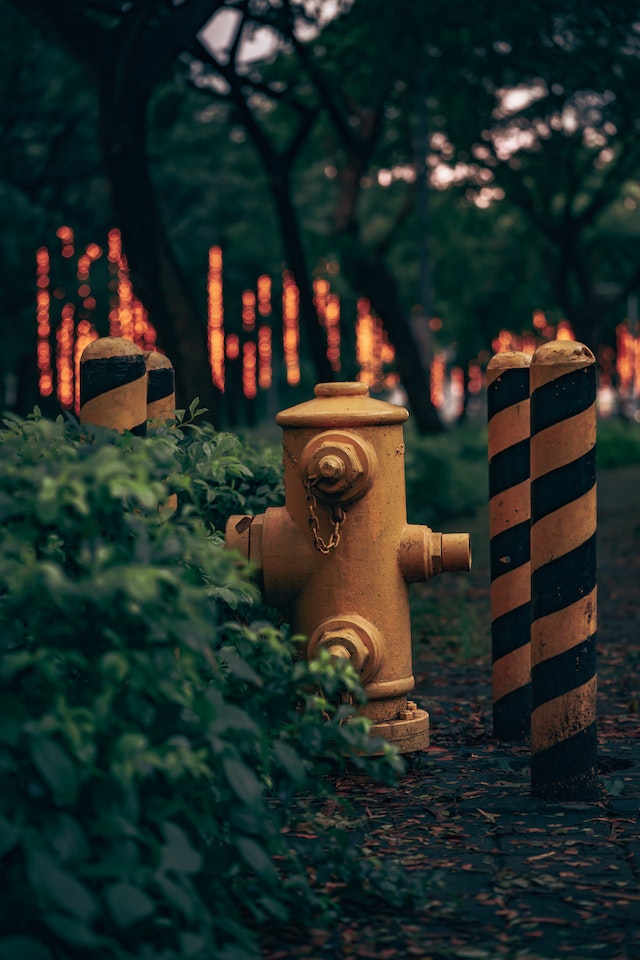Your home’s plumbing system is a complex network of pipes and fixtures that provide you with essential water for daily activities. Among the most critical components is the main water shut-off valve. This unassuming device serves as your first line of defense against leaks, bursts, and other plumbing emergencies. Understanding its importance and knowing how to operate it can save you from potential water damage and costly repairs.
Subheading 2: Location, Location, Location: Finding Your Main Shut-Off Valve
Locating your main water shut-off valve is crucial. It’s typically found at the point where the main water line enters your home. In many cases, you’ll find it in the basement, crawl space, utility room, or near the water heater. It’s essential to know its exact location, especially in urgent situations when time is of the essence.
Subheading 3: Types of Main Water Shut-Off Valves
There are two main types of shut-off valves commonly found in residential plumbing systems:
- Gate Valve: This type of valve features a round handle that must be turned several times to fully open or close the valve. While reliable, gate valves can become stiff over time due to infrequent use.
- Ball Valve: Recognized by its lever handle, a ball valve is easier to operate and provides a clear indication of whether it’s open or closed. It’s a popular choice due to its durability and ease of use.
Subheading 4: The Importance of Regular Maintenance
Like any mechanical device, the main shut-off valve requires occasional maintenance to ensure its proper functionality. Here’s what you can do:
- Regular Inspections: Periodically check the valve for signs of corrosion, rust, or leaks. If you notice any issues, it’s best to address them promptly to prevent further damage.
- Exercise the Valve: If you have a gate valve, turning it open and closed a few times every year can prevent it from becoming stuck due to sediment buildup. Ball valves typically don’t suffer from this issue.
- Replace When Necessary: If your valve is old, damaged, or difficult to operate, consider replacing it. A faulty valve might fail when you need it the most.
Subheading 5: Operating the Main Water Shut-Off Valve
Knowing how to operate the shut-off valve is essential during plumbing emergencies or when performing maintenance:
- Locate the Valve: Find the valve’s position in your home.
- Turn Clockwise (or Lever Handle): If you need to shut off the water, turn the valve clockwise (right-segment) or move the lever perpendicular to the pipe.
- Turn Counterclockwise (or Return Lever Handle): To turn the water back on, turn the valve counterclockwise (left-segment) or return the lever handle to its original position parallel to the pipe.
Subheading 6: When to Use the Main Water Shut-Off Valve
Knowing when to use the shut-off valve is crucial in preventing water damage:
- During Emergencies: If a pipe bursts or a significant leak occurs, shutting off the main valve quickly can minimize water damage.
- Before Vacations: When leaving for an extended period, consider shutting off the main valve to prevent potential leaks in your absence.
Subheading 7: Professional Help When Needed
While operating the shut-off valve is a straightforward task, some situations require professional assistance. If you’re unsure about shutting off the water or dealing with a plumbing issue, don’t hesitate to call a licensed plumber.
